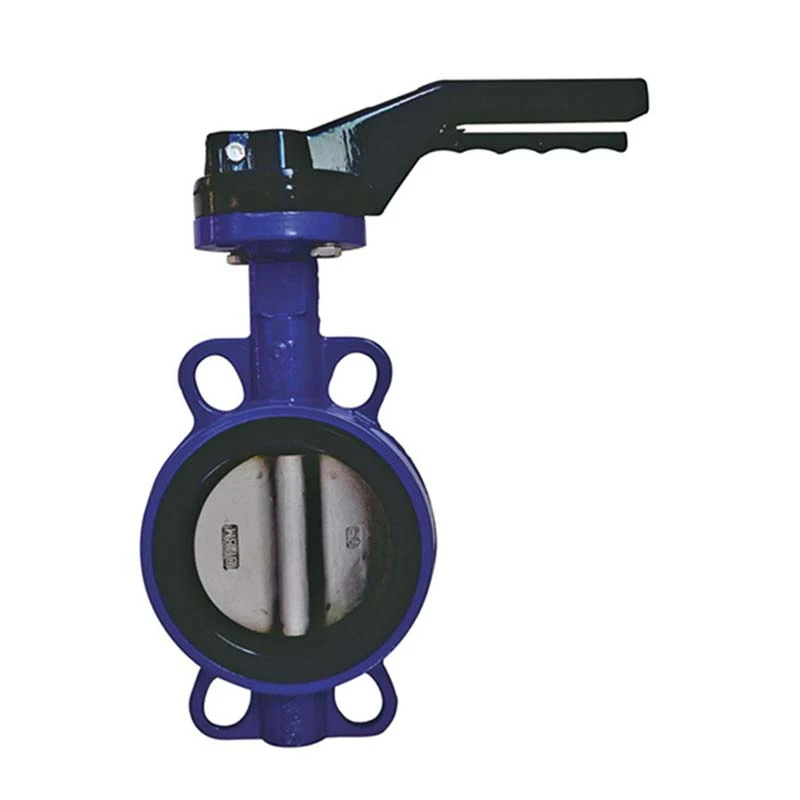Dec . 26, 2024 00:00 Back to list
3 way air valve
Understanding the 3-Way Air Valve Principles and Applications
In the realm of pneumatic systems, the 3-way air valve plays a crucial role in the management and control of compressed air flow. This type of valve is essential for a variety of applications, ranging from automated machinery to automotive systems, serving as a key component in ensuring operational efficiency and reliability.
What is a 3-Way Air Valve?
A 3-way air valve is designed to control three different ports, which typically include an inlet, an outlet, and an exhaust port. These valves can operate in different configurations, such as normally open (NO) or normally closed (NC). The primary function of a 3-way valve is to either route air from one source to one output or exhaust the air back to the atmosphere, depending on the desired operation of the system.
Working Principles
The operation of a 3-way air valve is generally controlled by either a mechanical or electronic actuation mechanism. When the valve is activated, it changes its position, allowing air to flow according to the intended design—either delivering air to a specific output or releasing it to the environment through the exhaust port.
In a typical application, such as actuating a pneumatic cylinder, the valve will direct air into one side of the cylinder to extend the piston, while simultaneously allowing the air on the opposite side of the piston to vent out. This way, the 3-way air valve plays a fundamental role in the linear motion of pneumatic devices, enabling rapid and efficient operation.
Applications of 3-Way Air Valves
The versatility of 3-way air valves makes them applicable in numerous industries
3 way air valve

1. Manufacturing In the manufacturing sector, 3-way air valves are often used in automated assembly lines where precise control of pneumatic cylinders is essential for the task. This could include everything from picking and placing items to controlling conveyor belts.
2. Automotive In automotive systems, 3-way valves are utilized in functions such as air suspension systems and braking mechanisms. Their ability to quickly switch between pathways is crucial for the performance and safety of vehicles.
3. Food and Beverage Industry The food and beverage industry also relies on 3-way air valves for applications such as packaging and bottling. These valves help in controlling the flow of air when filling bottles, ensuring a reliable and efficient process.
4. Robotics In robotic applications, 3-way valves enable fine control of movement and positioning. They facilitate the operation of grippers and other manipulated parts, making them an integral component of modern robotic systems.
Advantages of 3-Way Air Valves
One of the main advantages of using 3-way air valves is their ability to save space and simplify piping layouts. By combining multiple functions into a single device, they reduce the overall number of components needed in a system, thus minimizing potential points of failure. Additionally, their responsive nature ensures that operations can be performed quickly and with minimal delay, improving overall system efficiency.
Conclusion
In summary, the 3-way air valve is a vital component in various pneumatic applications across multiple industries. Understanding its operation and benefits can lead to improved efficiency and reliability in pneumatic systems. As technology advances, the role of these valves is likely to expand, making them even more integral to modern industrial applications. Whether in manufacturing, automotive systems, food production, or robotics, the impact of 3-way air valves is significant, helping to drive forward the capabilities of contemporary automation and control.
Share
-
Reliable Wafer Type Butterfly Valves for Every IndustryNewsJul.25,2025
-
Reliable Flow Control Begins with the Right Ball Check ValveNewsJul.25,2025
-
Precision Flow Control Starts with Quality ValvesNewsJul.25,2025
-
Industrial Flow Control ReliabilityNewsJul.25,2025
-
Engineered for Efficiency Gate Valves That Power Industrial PerformanceNewsJul.25,2025
-
Empowering Infrastructure Through Quality ManufacturingNewsJul.25,2025